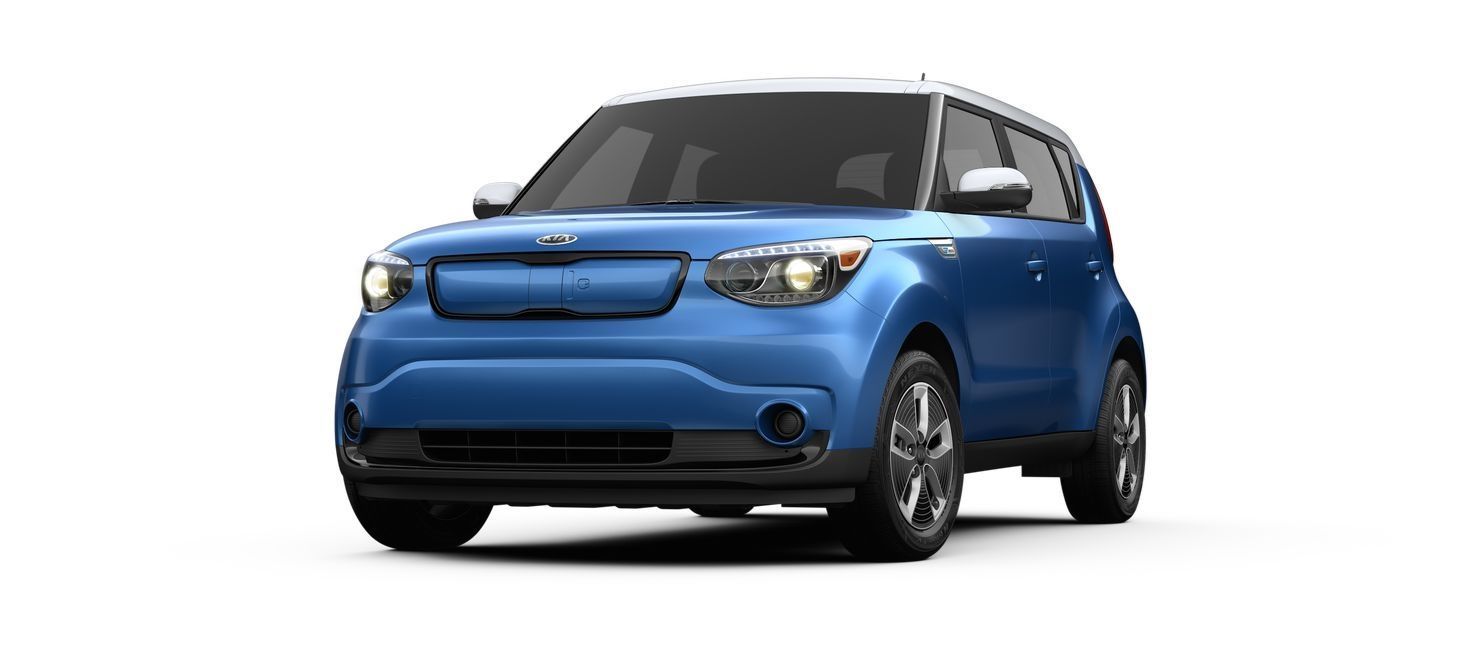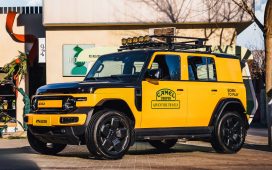In today’s car market, electric vehicles are becoming an increasingly popular choice; in 2024, nearly one in ten new cars sold in the US was an EV. A decade ago, however, things were different: charging infrastructure was in its early stages of development, and electric vehicles were still seen as the domain of early adopters and technology enthusiasts.
One EV from that period is still in production today, although early examples have lost a large part of their value and can be found at bargain prices on the used market. We’re talking about the Kia Soul EV, the all-electric counterpart to the Soul runabout. Let’s explore the history of this curious, boxy model and what you can expect if you set out to buy a used example.
This article focuses on the history and features of the Kia Soul EV, and an overview of the model on the used market today. The price range is estimated based on current used car listings, so it’s just an approximation and may vary in your area.
The Kia Soul EV’s First Generation
|
Kia EV Mk1 Specifications |
|
|---|---|
|
Powertrain |
Single electric motor, FWD |
|
Horsepower |
109 hp |
|
Torque |
210 lb-ft |
|
0-60 mph |
9.2-9.5 seconds |
|
Top Speed |
~90 mph |
The first generation of the Kia Soul EV was based on the second generation of the gas-powered Soul. It was introduced in 2014 at the Chicago Auto Show, four years after the Soul had made its production debut and eight years after it was first introduced as a concept. Production began in the spring of 2014, initially for the model’s local market of Korea; a few months later, in June, production for export finally began, and the first Soul EVs went on sale in the States for the 2015 model year.
The Soul EV was powered by a single electric motor, which produced 109 hp; driving range was diminutive by today’s standards, at just 93 miles on a combined cycle. It also had a curiously squared-off design; in an automotive world where aerodynamics reigned supreme, and efficiency is prioritized above all else, its angular look brought a kind of retro-futuristic charm with it. Three trim levels were available: the EV-e (only sold in California), the EV, and the EV+. The latter also offered an optional package called Fun & Sun, which added features such as a sunroof and extra interior lighting.
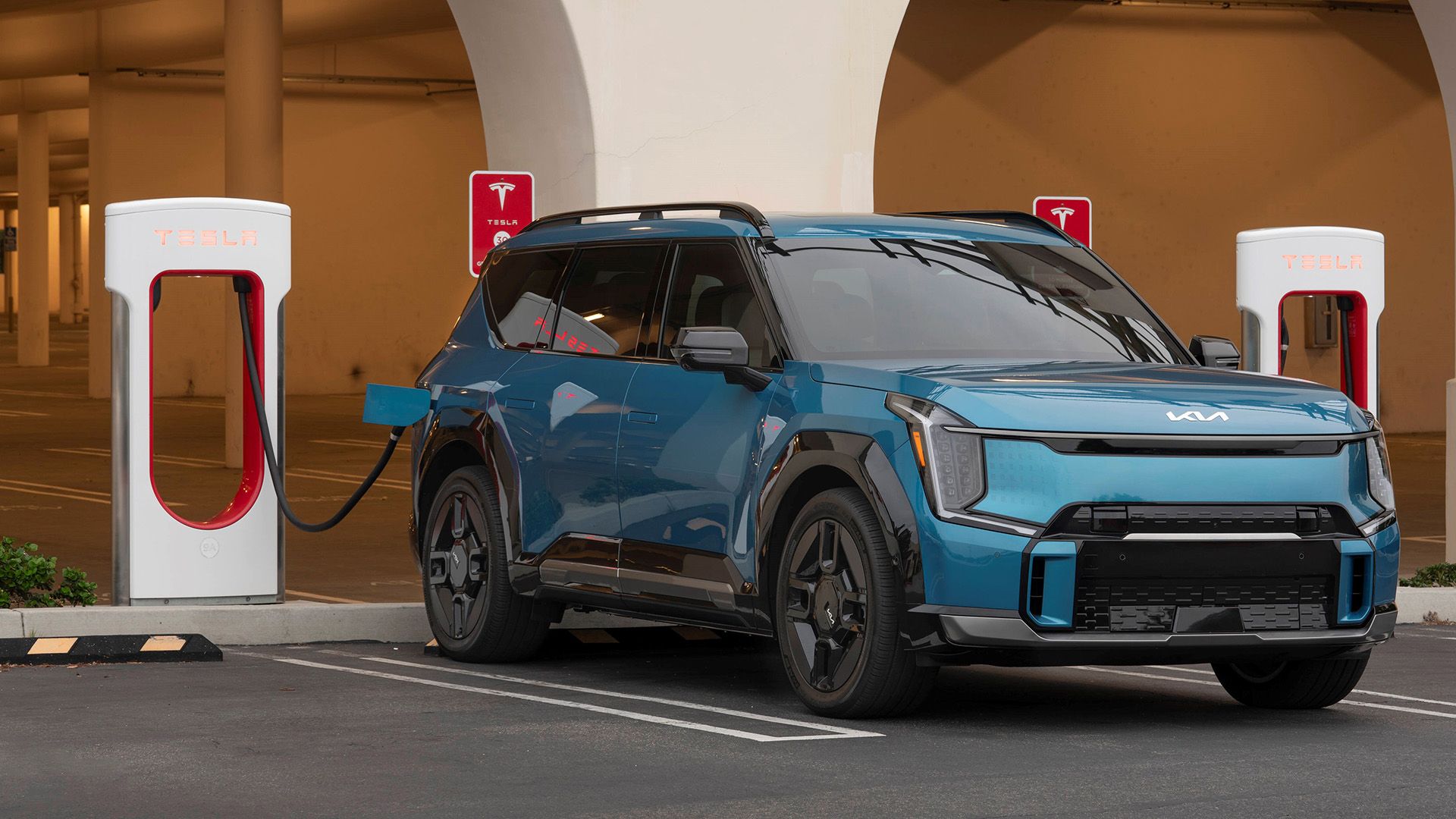
Related
Kia EV Owners Just Got Access To Thousands More Chargers Overnight
The wait is over for Kia EV drivers! Tesla Supercharger access is live, nearly doubling available fast chargers.
Two years after its global debut, the Soul EV reached the milestone of 10,000 units sold, although only 1,411 of these cars were sold in the US; electric vehicles were on the rise, but still in their infancy, with the public being hesitant to adopt them.
In 2018, the Soul EV received a small update; although it was left untouched from a design perspective, the powertrain was upgraded with the introduction of a new battery pack with eight additional cells. This augmented battery capacity by around 11%, improving the vehicle’s range and performance.
The Kia Soul EV’s Second Generation
|
Kia Soul EV Mk2 Specifications |
|
|---|---|
|
Powertrain |
Single electric motor, FWD |
|
Horsepower |
201 hp |
|
Torque |
291 lb-ft |
|
0-60 mph |
7.6 seconds |
|
Top Speed |
~100 mph |
The Kia Soul got a second generation as well, but this variant never made it to the States thanks to a combination of unfortunate circumstances. Despite being released at the height of electric vehicles’ popularity, the second-gen Soul EV encountered several roadblocks that prevented it from reaching American shores.
Somewhat ironically, part of the reason why the Soul EV was never sold in the States was the growing popularity of electric vehicles. Increasing consumer demand for EVs quickly exceeded battery supply; Kia made the decision to prioritize sales of the Niro EV, which was more expensive but shared a battery with the Soul EV. As a result, the Soul EV initially went on hiatus for the 2020 model year, being pushed back to 2021; later on, however, the model was withdrawn from the US market for good. As a result, the only way for US-based buyers to get a Soul EV is to buy a used first-generation model.
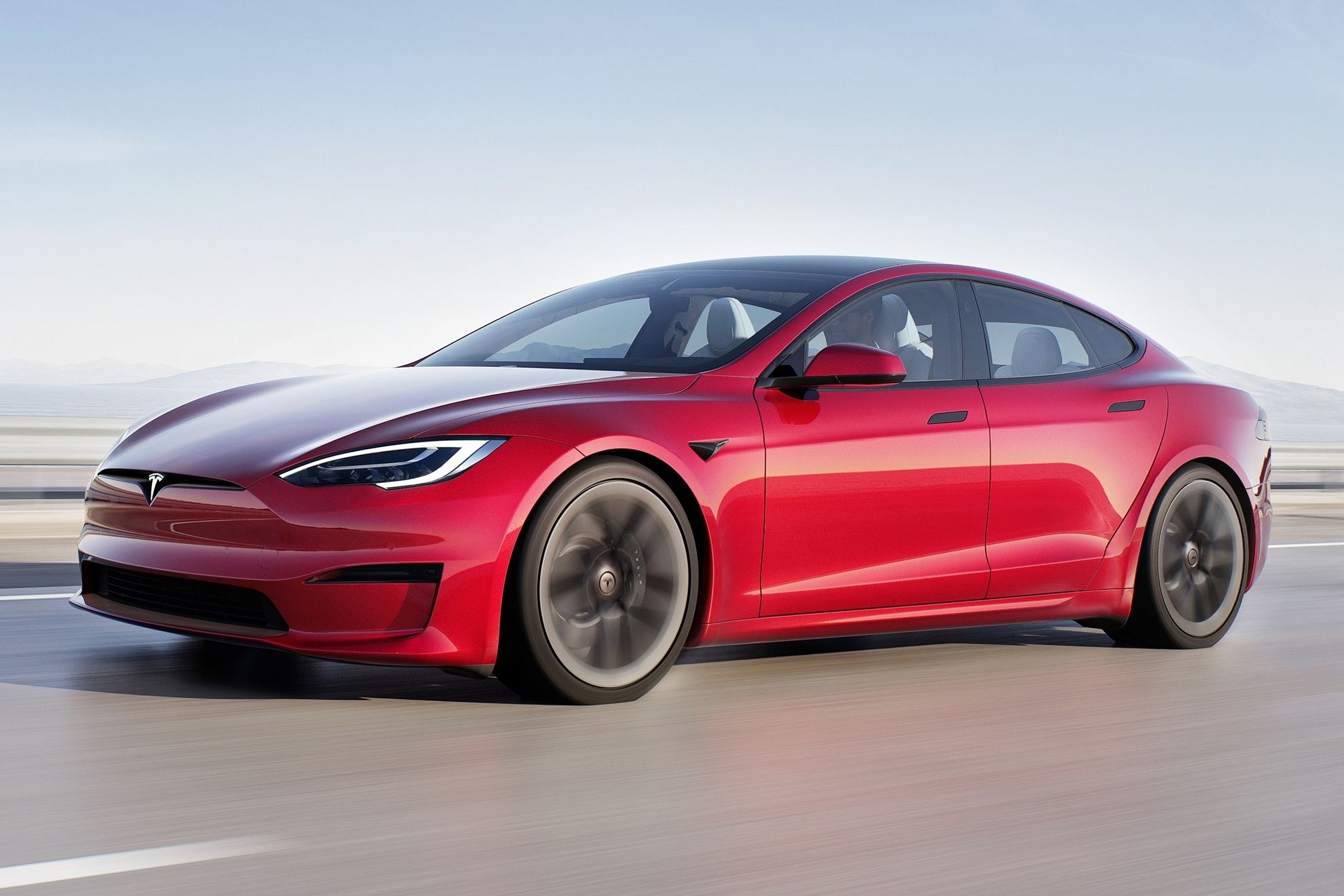
Related
Global Lithium Shortage Could Severely Impact EV Makers In 2025
Here’s what could happen if demand outstrips supply.
Elsewhere in the world, the new Soul EV continued to be sold until the 2023 model year, with an upgraded battery pack that doubled the car’s range. The motor was also given an upgrade; the new Soul EV’s power output was 201 hp. The car’s design was given a slight cosmetic upgrade as well: although the angular, boxy shape of the first-gen model was largely retained, the headlights are now sleeker and narrower, and the front end as a whole was given a redesign. The taillights were reworked to have a thinner, less bulky shape, now flowing horizontally into the liftgate at their lower ends.
The Soul EV’s Parent Model: The Kia Soul
The Soul EV is, of course, a member of the Kia Soul family, which originates from the combustion-powered urban runabout first introduced to the world in 2006. The Kia Soul was first introduced in concept form in 2006, at the North American International Auto Show in Detroit. Two years later, the production version was unveiled at the Paris Motor Show. The Kia Soul was marketed from the start as a jazzy, urban-focused runabout aimed at young people.
Aside from the English meaning of “soul”, the car’s name is also a tribute to the company’s heritage, being a homophone of “Seoul”, the city where Kia is based and where the Soul was manufactured. Its design, however, was not created in Korea but in California; designer Mike Torpey, having been on a trip to Korea and watched a documentary about wild boars and their cultural importance in the country, drew a sketch of a boar wearing a backpack, which ended up providing inspiration for the Soul’s shape and design.
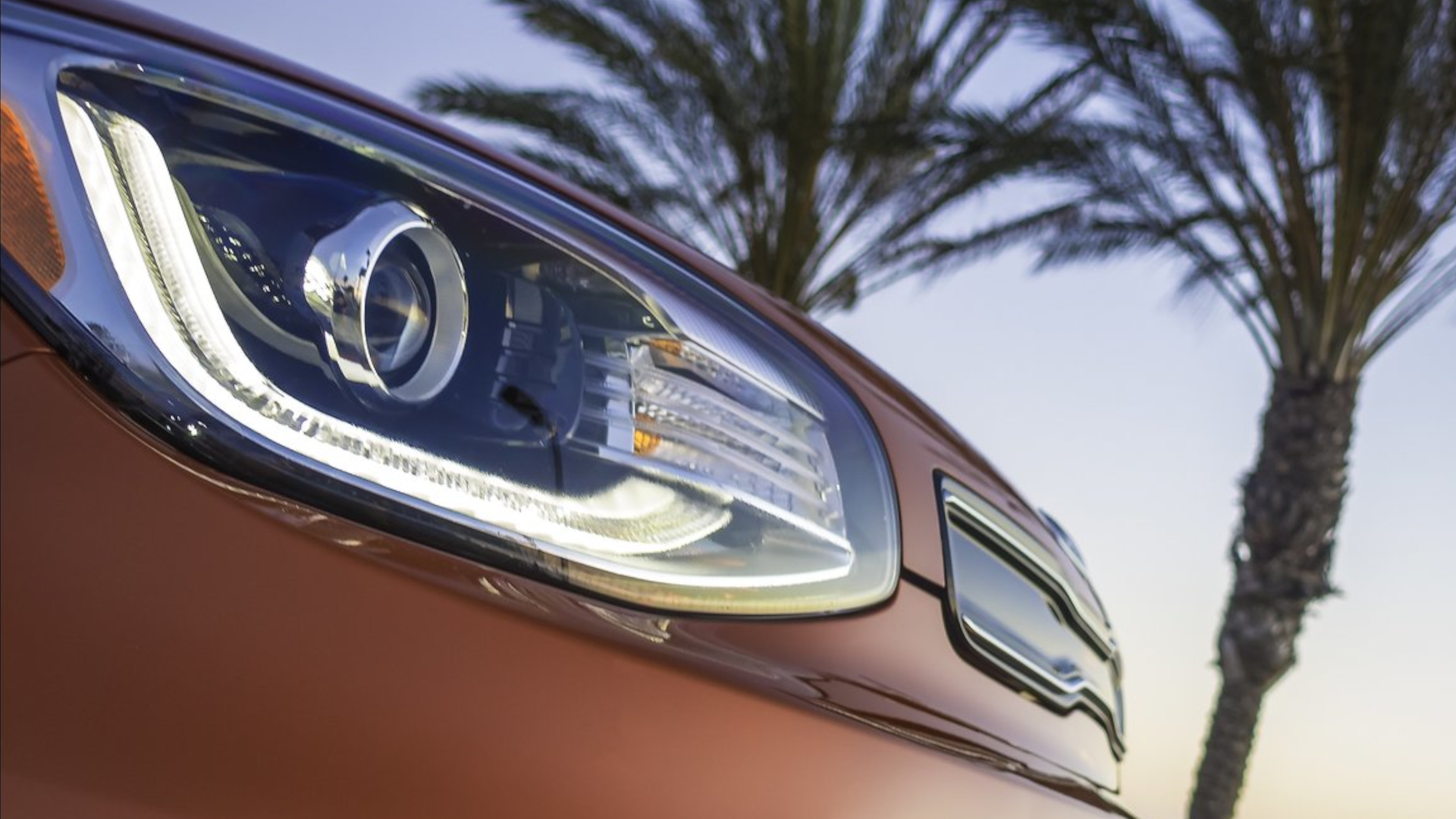
Related
Kia’s Turbocharged Box Is The Perfect Cheap Car For Family And Fun
There are bigger, sportier, and cushier crossovers out there, but if you want dirt-cheap fun for the whole family, this Hamstermobile is hard to beat.
The first generation of the Soul was produced between the 2010 and 2013 model years. It was powered by a variety of 1.6-liter and 2.0-liter gas-powered inline-four engines, plus a 1.6-liter diesel option, which wasn’t offered in the US. Transmission choices included two manuals (five- and six-speed) and two automatics (four- and six-speed). A second generation arrived for the 2014 model year, featuring similar engine options and a slightly different transmission lineup (this time, choices were limited to a six-speed manual, six-speed automatic, or seven-speed dual-clutch). The first generation of the Soul EV was introduced around the same time.
The third and current generation was introduced at the 2018 Los Angeles Auto Show, and produced from the 2020 model year onward. Unlike its EV counterpart, it is still on sale in the US today. The third-gen Soul had a slight redesign, with new headlights and an upgraded interior; it also underwent a facelift in 2023, which brought further design updates on the front and rear fascia as well as headlights and taillights. Engine and transmission options were carried over from the previous generation.
Buying a Used Kia Soul EV
If you are looking for a compact, all-electric vehicle on the used car market, a Soul EV might be a potential candidate for your next set of wheels. There are, however, some factors you will have to consider. Being a relatively early EV, the first-gen Soul EV (especially the pre-2018 model) will not be able to keep up with modern electric cars in terms of range and performance.
EV technology has made leaps and bounds over the course of the past decade, and the first-gen Soul EV has fallen behind its modern equivalents, which is part of the reason why it has lost so much of its original value. You should only consider buying one if range isn’t important to you, but if you’re an urban dweller looking for a budget runabout, it could prove ideal. If you’re a regular road-tripper or use the car for longer commutes, you’re likely to be better off looking elsewhere.

Related
How To Safely Buy A Car From A Private Seller
Buying a car from a private seller can save money, but comes with risks. Avoid the red flags, and seal the deal with our expert tips.
If, however, you have made up your mind, and you’re looking for a Soul EV on the used market today, you can expect to see prices ranging from as little as $5,000 (for older, pre-battery upgrade examples, and higher-mileage cars) to around $20,000 (for post-2018 models and low-mileage examples).
Although the Soul EV may have been overtaken by other models in a market where EVs have become increasingly commonplace, it still has plenty to offer; its quirky design stands out from the crowd, and its budget-friendly prices on the used market are sure to appeal to the young professional looking to jump into EV ownership without breaking the bank.
Sources: Kia, Autotempest, ICCT.

